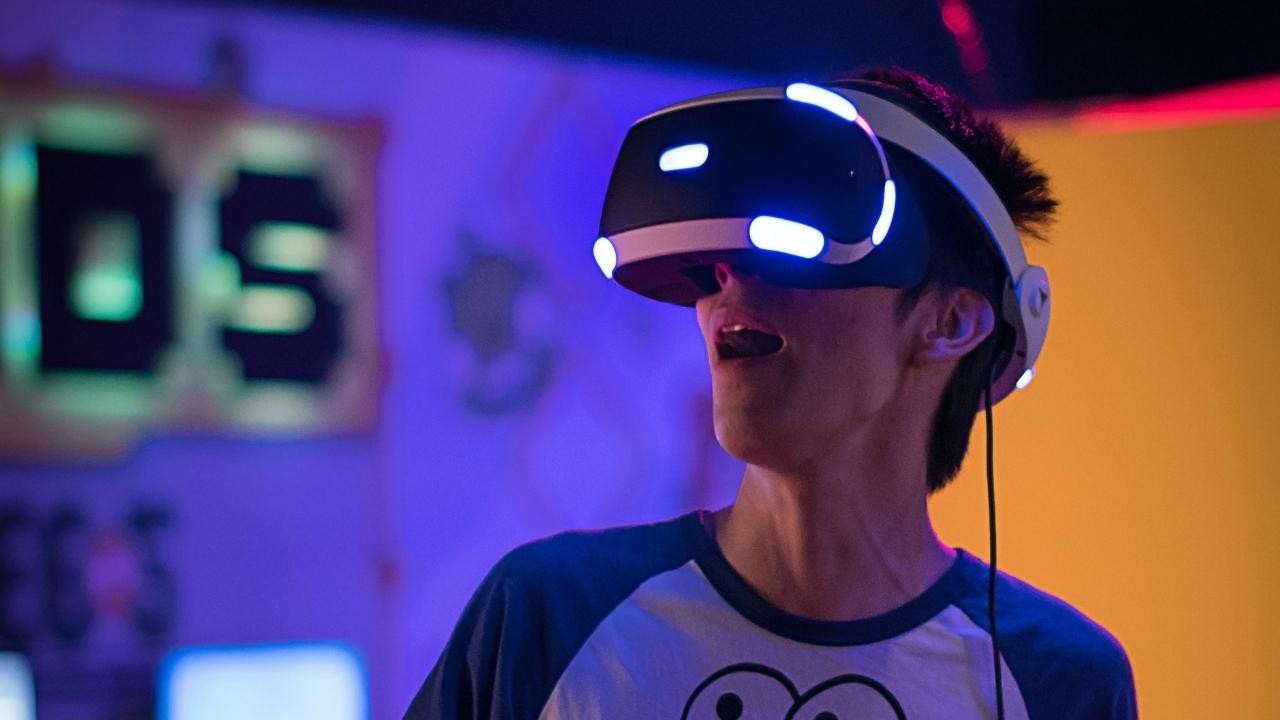Michael Beneville and his design team haven’t physically been together in their Flatiron district studio for months, but have still managed to convene in a new way.
Instead, the team has been routinely gathering in a virtual replica of its renovated two-floor studio, allowing workers to sit around a digital table with colleagues in avatar form.
The team was able to replicate the look of their real-life studio through a platform called Vatom Spatial Web, a software program that Beneville and his partner Eric Pulier created for building 3D virtual environments.
Beneville’s virtual space is just one of many expected to emerge as efforts to create a metaverse have grown in recent months.
In the coming months and years, we can expect these environments to become increasingly sophisticated, immersive, and have the ability to create spaces that feature their own unique set of software and aesthetics.
Although the concept of the metaverse feels relatively new, games such as the Sims and Minecraft have been building massive digital worlds for years now.
However, this new iteration of the metaverse aims to build environments that extend beyond gaming. Similar to Beneville’s team, professionals may find themselves suited in virtual reality headsets to start their work day.
“No one’s building the metaverse,” said Beneville. “Whatever the metaverse is going to be will be the amalgamation of all of these things into whatever best serves humanity.”
Tech giants such as Microsoft and Meta (formerly Facebook) have already made their bets on the metaverse, the latter which underwent an entire rebranding for this purpose.
Janine Yorio, cofounder of metaverse development firm Republic Realm, describes the current metaverse rush to the advent of web 1.0 in which companies thought they could strike gold.
In all likelihood, entrance into the metaverse in the form of digital services, goods, and more will accelerate in the coming years, but will likely go the route of the dot-com bubble burst seen during the early 2000s.


 Dr. Gleb Tsipursky – The Office Whisperer
Dr. Gleb Tsipursky – The Office Whisperer Nirit Cohen – WorkFutures
Nirit Cohen – WorkFutures Angela Howard – Culture Expert
Angela Howard – Culture Expert Drew Jones – Design & Innovation
Drew Jones – Design & Innovation Jonathan Price – CRE & Flex Expert
Jonathan Price – CRE & Flex Expert












